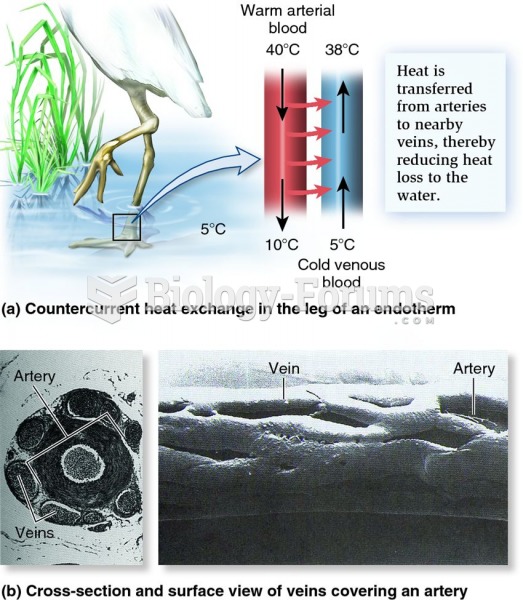Answer to Question 1
Thermohaline circulation is the mass movement of water due to variations in density. These can be horizontal or vertical flows.
As some tropical surface water travels towards the poles, some loses heat to the atmosphere. Once heat loss occurs, the water sinks to become deep water and bottom water. This can be pronounced in some regions. Through circulation, the cold, dense water moves back towards the Southern Hemisphere at great depths. Eventually, this water wells up to the surface layers once again. This happens in the Indian and Pacific oceans. This whole exchange of upwelling and downwelling is deemed the global conveyer belt.
The conveyer belt circuit is very slow moving. It can take nearly a thousand years to complete.
The conveyer belt moves heat and nutrients throughout the ocean.
Answer to Question 2
Sediment is a general term referring to particles of organic or inorganic matter that accumulate in a loose, unconsolidated form. The appearance of sediment can vary widely, coming in a range of sizes and types, from the common beach sand to manganese nodules of the deep Pacific seafloor. The sediments that cover the surface of seafloor are classified as 1 ) terrigenous sediments that originate on the continents or islands from erosion, volcanic eruptions, and blown dust, 2 ) biogenous sediments that originate from microorganisms, 3 ) hydrogenous sediments that formed in-place from chemical reaction in the water, and 4 ) cosmogenous sediments that have an extraterrestrial origin. Cosmogenous sediments are very rare in the ocean, though.







